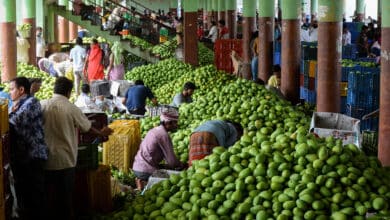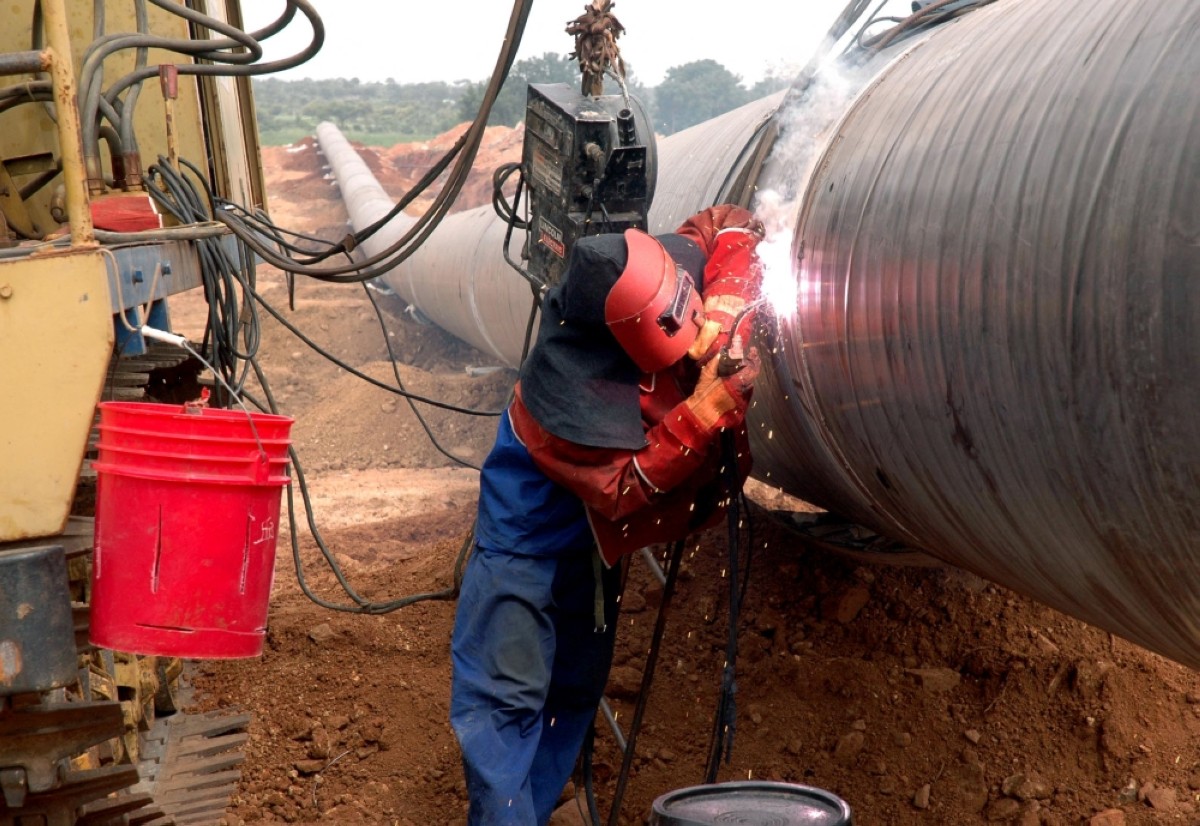Indian economy robust despite global headwinds: World Bank
NEW DELHI: India will stay one of the world’s fastest-growing economies thanks to strong domestic demand and investment helping it weather inflation and challenging global conditions, the World Bank said Tuesday.
 HYDERABAD: Labourers pack raw mangoes into boxes after an auction at the Gaddiannaram fruit market on the outskirts of Hyderabad. - AFP.
HYDERABAD: Labourers pack raw mangoes into boxes after an auction at the Gaddiannaram fruit market on the outskirts of Hyderabad. - AFP.
Like other countries, India has been buffeted by global headwinds including tightening financial conditions and the effects of the war in Ukraine on global food and oil markets. Its economy nonetheless grew 7.2 percent in the last financial year, the second-highest among G20 countries.
The World Bank said in a regular report that growth would taper slightly to 6.3 percent for the current fiscal year because of “challenging external conditions and waning pent-up demand”. Inflation spiked to 7.8 percent in July after a surge in prices for food staples, including wheat and rice, caused in part by bad weather and pest attacks in production belts. India’s central bank warned the following month that higher food costs were expected to get worse, and the government put curbs on some rice exports to put downward pressure on prices.
The World Bank forecast the government’s fiscal deficit to decline from 6.4 percent to 5.9 percent of GDP in the current financial year, with debt stabilizing at 83 percent of GDP. India overtook Britain last year to become the world’s fifth-largest economy and recently surpassed China to become the most populous country. It recorded 7.8 percent growth for the June quarter, the most recent figures available. Adverse weather conditions contributed to a spike in inflation in recent months. Headline inflation rose to 7.8 percent in July due to a surge in prices of food items like wheat and rice.
Inflation is expected to decrease gradually as food prices normalize and government measures increase the supply of key commodities. “While the spike in headline inflation may temporarily constrain consumption, we project a moderation. Overall conditions will remain conducive for private investment,” said Dhruv Sharma, senior economist, World Bank, and lead author of the report. “The volume of foreign direct investment is also likely to grow in India as rebalancing of the global value chain continues.”
The World Bank expects fiscal consolidation to continue in FY23/24 with the central government fiscal deficit projected to continue to decline from 6.4 percent to 5.9 percent of GDP. Public debt is expected to stabilize at 83 percent of GDP. On the external front, the current account deficit is expected to narrow to 1.4 percent of GDP, and it will be adequately financed by foreign investment flows and supported by large foreign reserves.
Outlook
The India Development Update is a companion piece to the South Asia Development Update, a twice-a-year World Bank report that examines economic developments and prospects in the South Asia region and analyzes policy challenges faced by countries. The October 2023 edition titled Toward Faster, Cleaner Growth shows growth in South Asia is higher than any other developing country region in the world, but slower than its pre-pandemic pace and not fast enough to meet its development goals. The report also includes short and long-term policy recommendations for countries in the region to manage fiscal risks and accelerate growth, including by boosting private sector investment and seizing opportunities created by the global energy transition.











